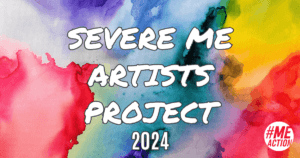A charitable trust, the Mason Foundation, is asking researchers to submit proposals for a biobank and patient registry as well as a research project that uses the data and specimens. The trust will grant $200,000 a year for five years for the biobank project, $1 million in total. Applications are now open and close on 30 April 2019.
The Judith Jane Mason & Harold Stannet Williams Memorial Foundation is requesting:
- A hypothesis-driven research project that requires patient data and/or biospecimens for its conduct; and
- Establishment of a biobank and patient registry that would support the research project with biospecimens and data that are openly accessible to other researchers.
Last year the Mason Foundation consulted 60 researchers and explored the idea in a workshop with stakeholders including representatives from the University of New South Wales (UNSW), Griffith University, the Australian National University (ANU), La Trobe University, ME Australia, Emerge and South Australia’s state MECFS organisation.
At the workshop, the consumer representatives raised concerns about the standardisation of the samples, questioning which criteria patients’ samples must meet. The Mason Foundation’s guidelines have not specified which criteria the biobank should use to select patients.
The goal of the Mason Foundation is to “achieve enduring, positive impact in the areas of Chronic Fatigue Syndrome and Alzheimer’s disease through funding medical research principally into the causes, prevention and/or management of these diseases.”
To deliver on this goal into the future, the Mason Foundation believes it is necessary to build the capacity and scale of the ME/CFS research sector in Australia. Supporting the establishment and operation of an ME/CFS biobank and/or patient registry has been identified as a key means of achieving this aim.
The Mason Foundation previously said access to a biobank or registry would be on a cost recovery basis. Applications are now open and close on 30 April 2019.
Overseas, the United Kingdom has a biobank based at the London School of Hygiene & Tropical Medicine’s International Centre for Evidence in Disability. The UK ME/CFS Biobank (UKMEB) is open to researchers across the globe and has collected more than 30,000 aliquots of blood from patients with ME/CFS and multiple sclerosis, as well as healthy controls.
About the Mason Foundation
The Judith Jane Mason & Harold Stannett Williams Memorial Foundation was established 2003 with a donation from Judith Jane Mason. It is administered by Equity Trustees. The Mason Foundation funds and has funded valuable work, including at Griffith, Melbourne and The Australian National Universities.
It also funded graded exercise and cognitive behavioural therapy (GET/CBT) training by Prof Lloyd at UNSW and an increasing activity via video gaming (Xbox) trial at the University of South Australia.





